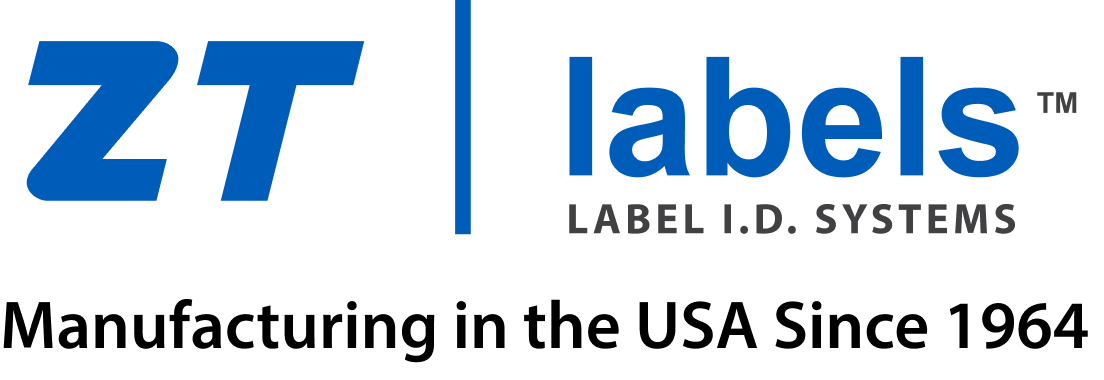In workplaces that handle hazardous materials, Hazcom (Hazard Communication) labeling is critical for ensuring safety and compliance. The Occupational Safety and Health Administration (OSHA) mandates proper labeling of all hazardous chemicals to protect workers from potential risks. Effective Hazcom labeling is both a legal requirement and a key factor in minimizing workplace accidents. Here’s what you need to know about Hazcom labeling essentials:
- Understanding OSHA’s GHS System
The Global Harmonized System (GHS) is the international standard for hazard communication adopted by OSHA. GHS labels must include six key elements:
- Product Identifier: Chemical name
- Signal Word: “Warning” or “Danger”
- Hazard Statements: Description of risks
- Hazard Pictograms: Symbols representing hazards
- Precautionary Statements: Guidelines for safe handling
- Manufacturer Information: Company name and contact details
- Pictograms for Quick Hazard Recognition
Pictograms provide a quick visual indication of a chemical's hazards. For example, a flame symbol indicates flammability, while a skull and crossbones signifies toxicity. These symbols help workers quickly identify hazards, even without reading the entire label.
- Clear and Consistent Labeling
Labels must be clear, consistent, and easy to understand. Avoid jargon or overly complex language, and ensure that labels are legible in the workplace. Labels should also be durable, resisting wear from chemical exposure, moisture, and handling over time.
- Secondary Containers Must Be Labeled Too
All containers holding hazardous chemicals, including secondary containers, must be properly labeled. OSHA requires that these labels contain the same essential information as primary containers to avoid confusion and risk.
- Training and Employee Awareness
Hazcom labels are effective only if workers understand how to read and interpret them. OSHA mandates that employers provide Hazcom training for all employees who handle or are exposed to hazardous chemicals. This training should cover reading labels, recognizing pictograms, and following safety instructions.
- Regular Audits and Updates
Workplace conditions and safety regulations can change. Regularly audit your labeling system to ensure ongoing compliance with OSHA and GHS standards. Update labels if chemicals are reformulated or if new hazard information becomes available.
Incorporating these Hazcom labeling essentials helps create a safer work environment by reducing the risk of exposure to hazardous chemicals. Proper labeling not only ensures regulatory compliance but also fosters a culture of safety and responsibility.
Contact ZT Labels today to see how we can help with your Hazcom Labeling needs.



